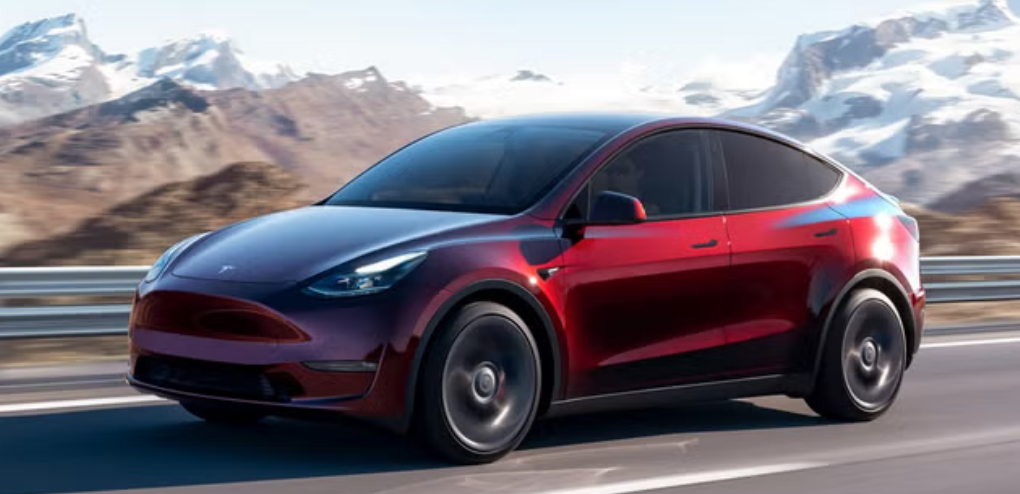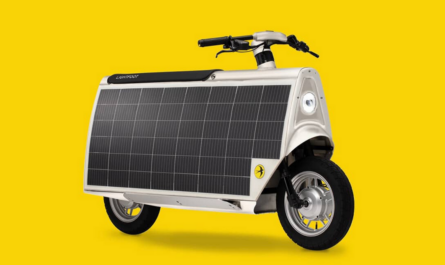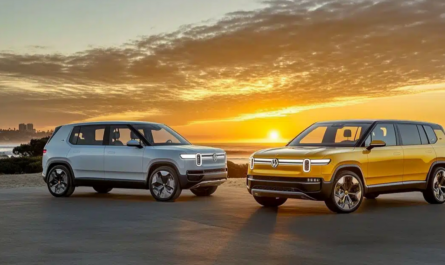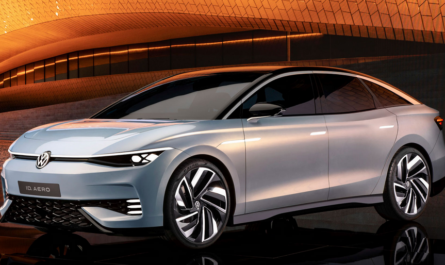Despite Tesla’s reputation for producing some of the safest electric vehicles on the market, a recent analysis shows the brand has a high fatal accident rate, raising questions about driver behavior and the role of technology in crashes.
According to iSeeCars, a U.S.-based vehicle research firm, Tesla leads automakers in fatalities per billion miles driven, even though its vehicles frequently receive top safety ratings from organizations such as the National Highway Traffic Safety Administration (NHTSA). Among all Tesla models, the Model Y stands out as one of the most dangerous in terms of occupant deaths.
Model Y Among the Deadliest Vehicles
The iSeeCars study examined U.S. road mortality data from 2018 to 2022. The findings revealed that Tesla’s Model Y and Model S consistently ranked among vehicles with the highest occupant fatalities.
Specifically, the Tesla Model Y had a fatal accident rate 3.7 times higher than the average car and 4.8 times higher than the average SUV, placing it sixth on the list of the deadliest vehicles. The Model S also recorded fatality rates twice the national average.
Other brands topping the list included Hyundai, Chevrolet, Mitsubishi, Porsche, and Honda, but Tesla’s position was notable given its advanced safety features and high-tech design.
Tesla’s overall fatality rate across its vehicles was 5.6 deaths per billion miles, surpassing Kia (5.5) and Buick (4.8). This gap suggests that while Tesla vehicles are engineered for safety, real-world driver behavior and reliance on technology may offset these advantages.
Causes: Speed, Overconfidence, and Distractions
Karl Brauer, executive analyst at iSeeCars, explained that the rise in fatalities is not necessarily a failure of vehicle design. Rather, the main contributing factors appear to be driver distractions, speeding, and over-reliance on automation.
Tesla’s autopilot system, while marketed as an advanced driver-assist feature, may unintentionally encourage drivers to overestimate their level of control. Several studies and crash reports indicate that drivers often become complacent, assuming the vehicle can handle more than it is designed to manage.
In other words, technology may give drivers a false sense of security, which can increase the likelihood of high-speed collisions or delayed reactions in emergencies.
Autopilot Under Scrutiny
Tesla’s autopilot system has drawn increasing scrutiny from both regulators and the public. Since 2022, the U.S. Justice Department has investigated Tesla regarding potential safety violations linked to its semi-autonomous driving technology.
Elon Musk has publicly stated that autopilot is “probably better than a human driver” in multiple accidents. While these claims highlight the system’s capabilities, critics argue they may encourage overconfidence and misuse, contributing to preventable accidents.
Moreover, numerous legal cases have been filed against Tesla following fatal collisions where autopilot was engaged. These lawsuits reflect broader concerns about the safety and regulation of semi-autonomous vehicles in real-world driving conditions.
NHTSA Warnings and Social Media Concerns
The National Highway Traffic Safety Administration (NHTSA) has also weighed in, warning about misleading social media posts implying that Tesla vehicles are fully self-driving. Such statements can inflate public expectations for Tesla’s Full Self-Driving (FSD) system, potentially leading drivers to engage in riskier behaviors.
To address these issues, the NHTSA has demanded that Tesla rectify safety concerns by December 18, 2024. Failure to comply could result in penalties or legal action, highlighting the seriousness of the situation.
Safety Ratings vs. Real-World Data
Tesla’s high-tech vehicles often receive accolades for their safety features, including crashworthiness, advanced airbags, and robust structural design. These ratings have fueled Tesla’s claims of producing “the safest cars in the world.”
However, the iSeeCars study underscores a critical distinction: engineering safety does not always translate to reduced fatalities on the road. Factors such as driver behavior, distraction, misuse of technology, and overestimation of autopilot capabilities can negate many of the theoretical safety advantages.
This gap between design and real-world outcomes is particularly evident in the Model Y, a popular electric SUV. Its high fatality rate suggests that even the most modern vehicles can pose significant risks if drivers do not adhere to safety best practices.
Conclusion
While Tesla continues to innovate in the electric vehicle space and push the boundaries of autonomous driving, recent data underscores a sobering reality: technology alone cannot prevent accidents.
The Model Y and Model S demonstrate that high safety ratings do not eliminate the potential for fatal accidents. Speeding, driver distractions, and overconfidence in autopilot systems remain leading contributors to crashes.
Regulators, automakers, and drivers must work together to ensure that advanced vehicle technologies are used safely and responsibly. For Tesla, this may mean refining autopilot features, improving driver education, and addressing misconceptions about Full Self-Driving capabilities.
Ultimately, balancing innovation with safety will be essential as Tesla and other automakers continue to expand their electric and autonomous vehicle offerings.




